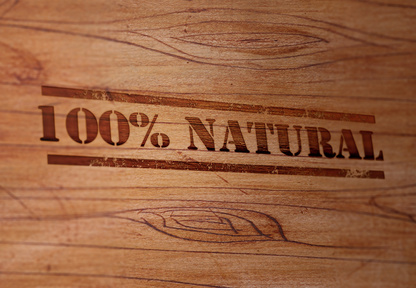Natural wood veneers are, it has to be said, a thing of beauty. The way they are cut and matched brings out the very best in the natural wood. The grain; the burrs; even the imperfections are perfect in their own way.
Wood veneers have been used in furniture making for centuries, and have long been considered fit for nobility and used widely in grandiose settings.
When you stand back and start to admire a piece of furniture that has been crafted from decorative wood veneers, whether it’s contemporary, period reproduction or antique, you start to truly appreciate how nature has been brought into your surroundings. And nature, in itself, has many spectacular attributes.
The trouble is though, modern ways of doing things have led to a leaning towards synthetic alternatives, not just in furniture making, but in numerous areas of production. This trend has resulted in a move for some towards the use of synthetic or composite veneers.
Whilst there is a place for everything, including synthetic or composite veneers (in some cases these are the preferred option); for anyone who is expecting a truly natural finish for their furniture or panelling, it may come as a shock to discover that the source of the wood-grained-look that sits before them is something very different to a tree!
For those who are interested to learn the differences between natural wood veneers and their man-made counterparts, we thought it might be beneficial to set out the main differences between the two.
Perfection versus Imperfection
If you are looking at a wood panel or piece of furniture, and you can see nothing but perfection, it definitely won’t have been crafted from a natural wood veneer. Synthetic veneers are completely free from defects and are 100 per cent consistent. For some, this may be considered advantageous: indeed some interior designers insist upon a totally uniform finish. However for others, the natural imperfections that are part and parcel of wild wood are all part of the charm and of course, make the finished product unique.
Tough versus Not-So-Tough
The wood used to make natural veneers is always hard. Knock on anything made from natural wood veneers and you’ll hear that unmistakable sound: a sound that says, ‘strong’ and ‘robust’. Natural wood veneers are harder wearing than the synthetic alternative, even though the hardness does vary depending on the species of tree. You’ll be able to easily identify an artificially created veneer by giving it a knock: it just won’t say to you, ‘natural’.
Natural Wood Veneers: Still the Preferred Choice?
As we mentioned earlier, synthetic veneers are the preferred option for some. Not only are they often less expensive to produce than natural veneers, they may also be considered more eco-friendly. Some people also consider synthetic veneers more flexible, as it’s much easier to colour match and reproduce patterns and shades for mass production.
However, doesn’t the charm of the natural veneer surely have to win over? Designers and artisans will surely agree. Still far more ecologically friendly than solid wood (something you can rely upon when you use a renowned and FSC certified supplier) and of course alluring in their uniqueness, natural wood veneers, we believe, will always maintain their place in furniture making and panelling, even if the world is turning synthetic!


